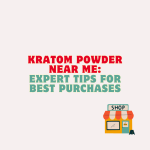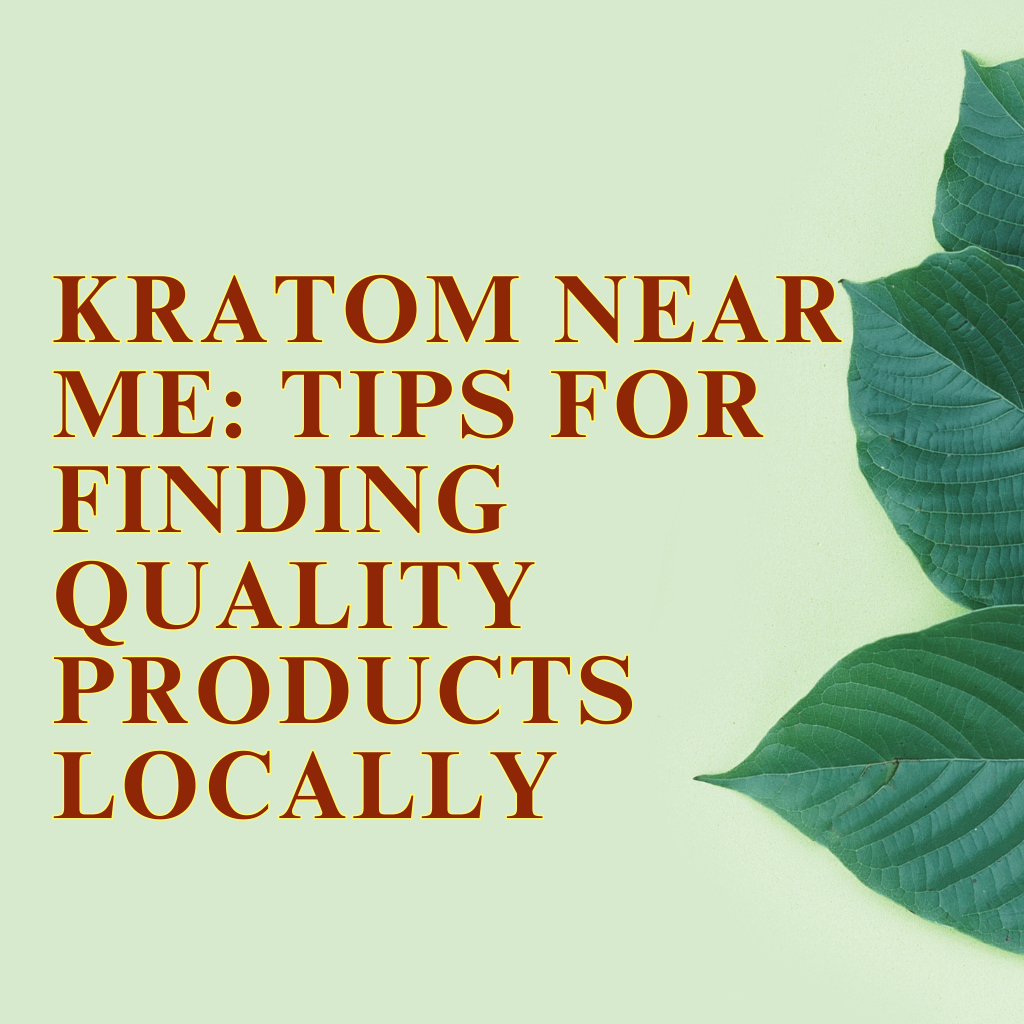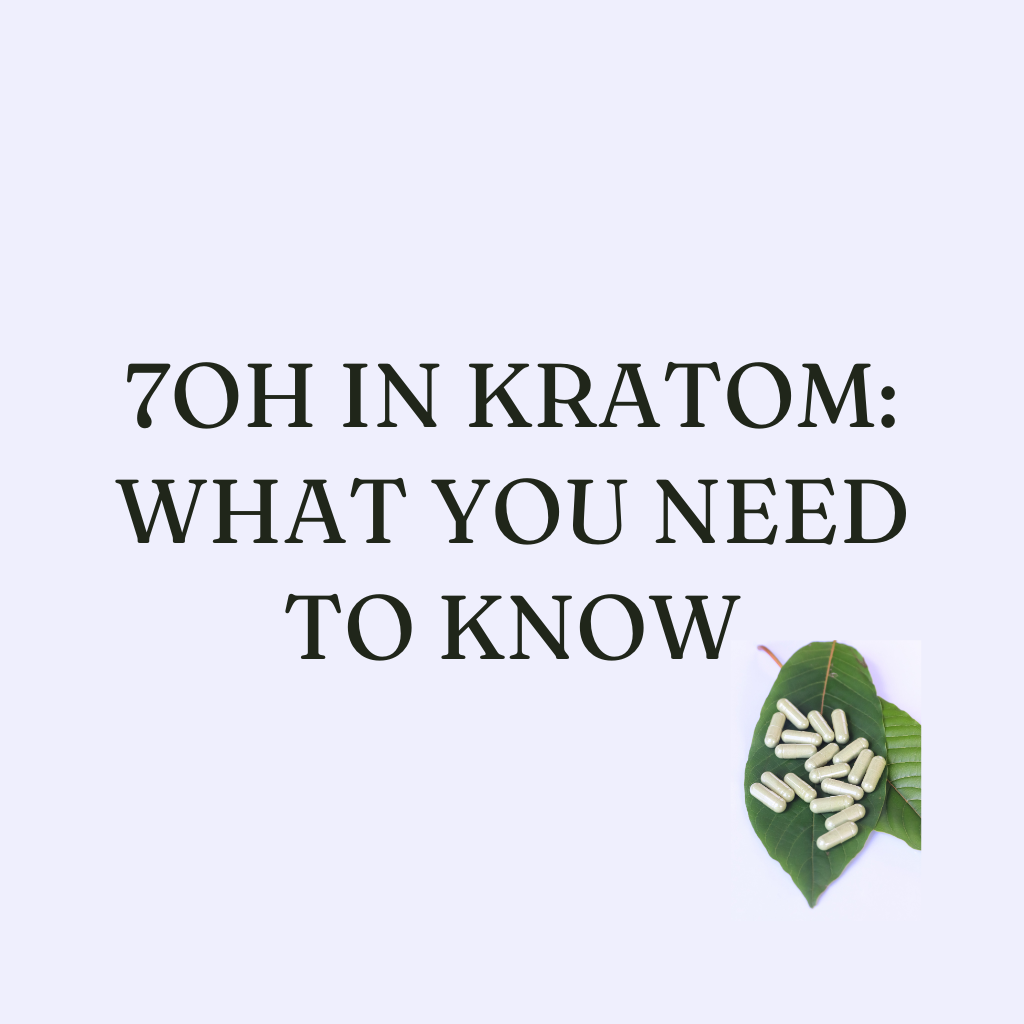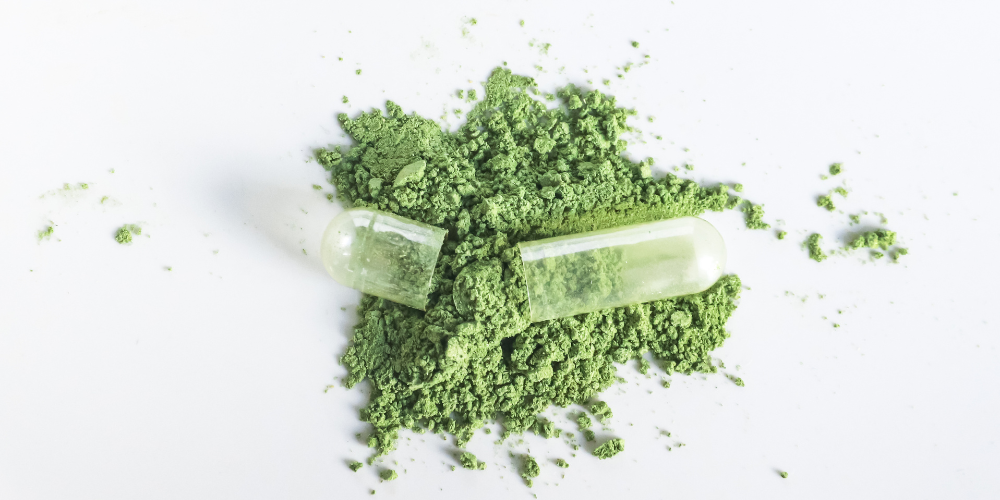
Free Shipping on Orders Over $75!
JOIN OUR EMAIL LIST FOR 20% OFF, weekly coupons up to 30% OFF
How to Store Kratom
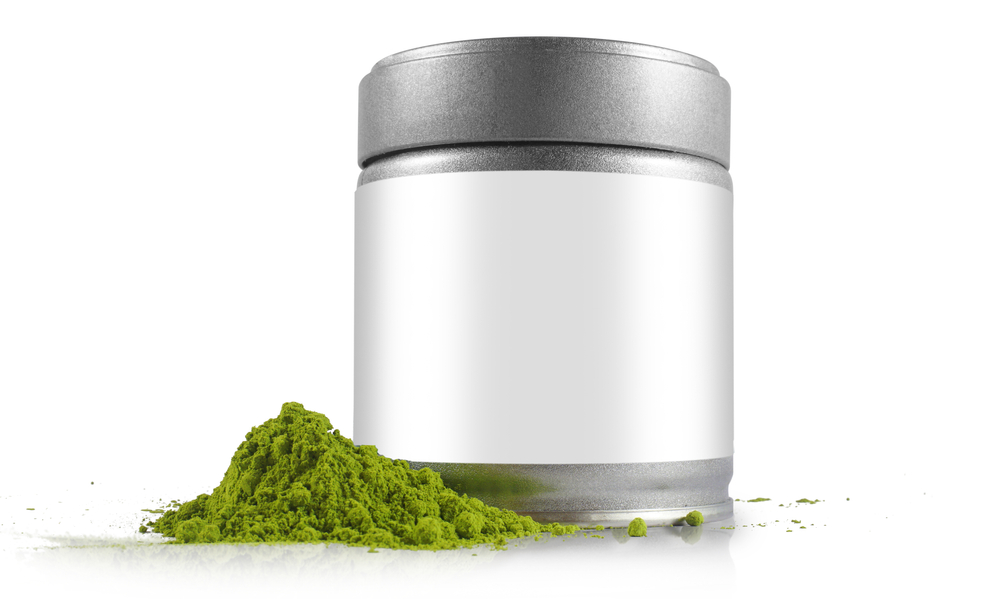
Knowing how to store kratom is essential for getting the most out of your product. Everyone can benefit from good storage practice, whether you’re an everyday user or just dip in now and again.
Kratom should be stored in an airtight container and kept in a cool, dark place. If possible, store kratom in bulk to limit oxygen exposure. Kratom products deteriorate more quickly if exposed to oxygen, light, and moisture. Correct kratom storage preserves potency and freshness.
I’ve got lots to share on why you need to store kratom correctly and some top tips on how to do so. Ready to get more from your kratom? Let’s dive right in!
Storing Kratom
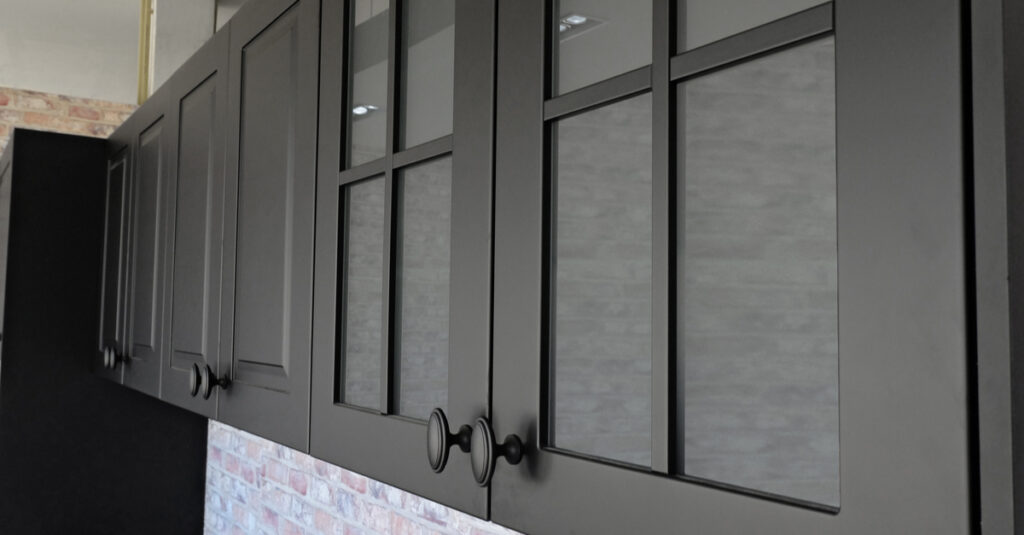
Kratom powder and leaves have more surface area exposed to oxygen, light, and moisture than other kratom products, making them more vulnerable to degradation. For instance, kratom in capsules is protected from oxidation thanks to the seal of the capsule.
Therefore, these tips apply most to kratom powder and leaves. But you can still utilize the advice for storing kratom capsules, tinctures, and extracts! Indeed, for higher strength and pricier kratom products, good storage is vital. Otherwise, your kratom consumption could quickly become very expensive!
Use an airtight container
Keeping your kratom in an airtight container protects against oxidation and mold. The former simply degrades your kratom, but moldy powder or leaves could make you seriously ill. While your kratom may arrive in a resealable bag, this is no match for a specialized storage container.
Airtight means airtight! If there is any air leakage, oxygen will sneak in and start breaking down kratom alkaloids. For that reason, I use Tupperware or canning jars, which both form a tight seal. If you live in a humid area, an airtight container also stops any moisture from getting in.
Don’t sterilize the canning jars as you would for preserving other products – this will just kill off the alkaloids and wreck your kratom. Ideally, store your kratom in opaque Tupperware or canning jars for protection against ultraviolet (UV) light degradation.
Shelling out a few bucks for a high-quality container is a worthwhile investment. Any money spent on premium storage will quickly pay for itself when your products stay stronger for longer. Ziploc bags are so-so. While convenient, the tight seal isn’t completely airtight. If storing kratom for a long time, Ziploc bags won’t cut it.
Store in bulk
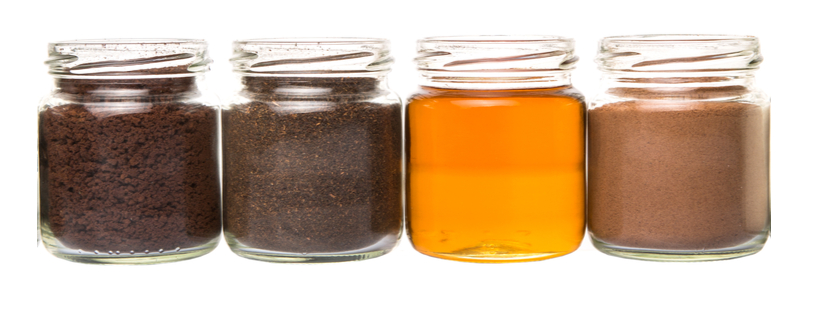
Storing kratom in bulk helps prevent oxidation. Consider this. Storing just a few grams of kratom leaves or powder in a container leaves plenty of room for oxygen compared to a full jar. If you only use small quantities of kratom, buy small containers to limit the space for oxygen.
For regular consumers of large doses, I recommend purchasing two containers – one larger, one smaller. You can then keep the big container for long-term storage and the small one for everyday use. Then you’ll only have to open up the large container occasionally, allowing for better kratom preservation.
Keep cool
Kratom must be kept in cool and dark conditions. Cool temperatures and a pitch-black location protect your kratom from moisture and light. I like storing my kratom in a cupboard that I don’t need to use very often. The less frequently I need to disturb the kratom, the better!
The basement is a great place to keep kratom. If you don’t have a basement, any cool and dark place will work, so let’s focus on where you should avoid storing it.
The utility room may sound good, but the heat and moisture created from appliances could cause problems. Likewise, anywhere near a water source is a recipe for disaster. A kitchen cupboard may work – but beware of the heat generated by the oven and stove. If keeping kratom in the pantry, cover the containers to prevent light exposure.
Areas with good ventilation – such as near an air-conditioning unit – are also problematic. An environment with constant temperature changes is not conducive to extended storage.
Don’t open your product until you need it
If you are like me, you probably get curious or excited after purchasing a new kratom product. But suppress the urge to break into a new packet for a sneak peek and keep your kratom sealed until you are ready to use it.
Opening up a packet yields no benefits, but doing so exposes your kratom to that pesky oxygen, light, and moisture trio. As long as you have purchased from a legit company, there’s nothing to gain from breaking the seal and checking things out.
Top brands place a high priority on freshness and use airtight bags. You won’t gain anything from pre-emptively opening your product, but you might ruin it.
Label your containers
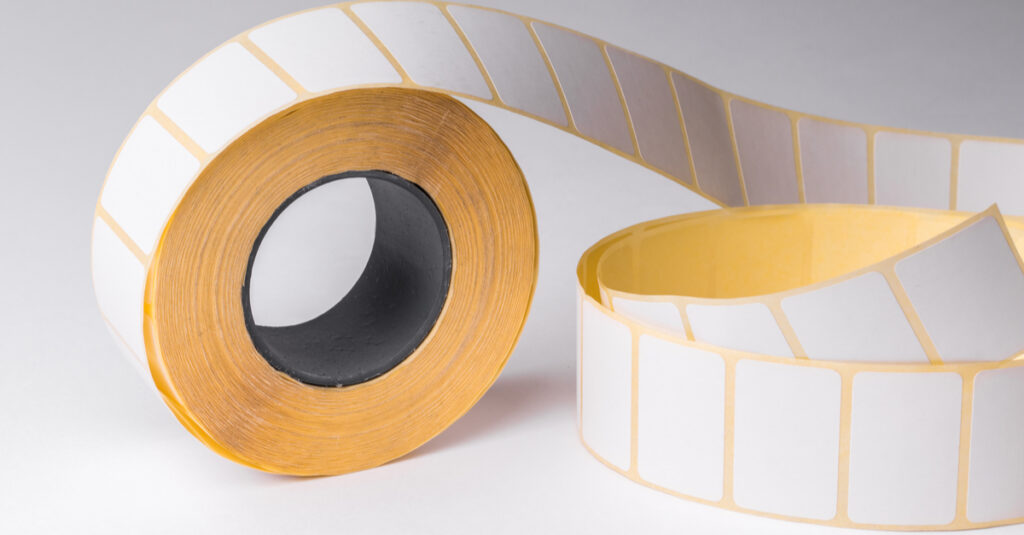
I’m a kratom enthusiast who enjoys taking a variety of strains. But since all kratom looks similar, I use a labeling system to keep things organized. You may think you’ll remember which strain is which, but that’s easier said than done when you have several on the go!
Labeling your containers alleviates the mental burden. Note down the strain name and when you opened it, and stick the label onto the container.
Not only does this eliminate any confusion, but you’ll also know which strains have been hanging around the longest and need using up. Even the best storage won’t keep kratom fresh forever – by labeling your containers, you’ll ensure nothing goes to waste!
Avoid cigar humidors
At first glance, cigar humidors seem like an inspired place to store kratom. After all, tobacco and kratom are both plant materials. Surely what works for one should work for the other? If only it were that simple.
Cigar humidors allow in air and moisture to keep the tobacco moist. That’s great for cigars but terrible for kratom. You don’t need to overthink it. When storing kratom, simplicity and practicality win out over creativity and fancy ideas. Stick with an airtight container and you’ll be fine.
Why You Need to Store Kratom Properly
Kratom produces its unique effects thanks to an array of compounds. Alkaloids such as mitragynine, 7-hydroxymitragynine, and mitraphylline are crucial to kratom’s therapeutic value. But unfortunately, these compounds degrade over time.
If left exposed to oxygen, light, and moisture, this deterioration process happens more rapidly. Kratom left in direct sunlight or unsealed in humid conditions can lose its effectiveness in a matter of weeks. Once the alkaloids have degraded, there’s no way of getting that potency back.
Now that I’ve covered the best storage methods, I want to talk more about why oxygen, light, and moisture affect kratom potency. If you understand the science, you’ll know why such rigorous storage practices are necessary!
Oxygen
Oxidation is a process that destroys kratom alkaloids – and as the name suggests, oxygen plays a key role in oxidation. When a packet of kratom powder is left lying around unsealed, the oxidation process will slowly but surely degrade your kratom.
When oxidation occurs, kratom alkaloids deteriorate into less effective compounds. For example, the all-powerful mitragynine breaks down into mitragynine pseudoindoxyl. Degraded mitragynine poses no health risks, but it’s much weaker than standard mitragynine.
Meanwhile, the same process happens to other alkaloids and flavonoids. Oxidation hits kratom powder harder than leaves due to the increased surface area. Oxygen might be an essential life source for humans, but for kratom, it’s deadly!
Light

Simply put, sunlight – and specifically UV rays – wreck kratom. Direct sunlight causes maximum degradation, but indirect sunlight also takes its toll on a product. Make sure you don’t leave your kratom hanging around on the kitchen table or window sill.
The risks of sunlight to kratom are overblown, according to some. Indeed, kratom cannot be harvested and processed entirely in the dark. But even if kratom can cope with some sunlight, that doesn’t mean you should take the chance. Sunlight won’t improve kratom quality, so you might as well keep it in the dark!
Moisture
Moisture is arguably the biggest threat to kratom. It doesn’t just affect potency – moist kratom becomes moldy and unsafe. Of course, you need to make sure your kratom doesn’t get wet, but humidity is more of a problem than accidents. If you live in a hot and humid region, that’s even more reason to store your kratom in an airtight container.
You may be able to tell that your kratom is moldy just by looking at it. But unfortunately, moist and moldy kratom isn’t always easy to detect. However, heaviness and a rough texture are usually giveaway signs of moldy kratom.
How Long Does Kratom Stay Fresh?
While kratom has a typical shelf life of two to three months, some people claim to have kept their kratom fresh for years. You’ll also find people who say their kratom goes stale after a few weeks – although I would argue that is due to inferior storage methods or a poor-quality product.
If anything, the varying reports about how long kratom stays fresh emphasizes how much of an impact good or poor storage can have. Like any other natural product, kratom will inevitably degrade over time. But with good storage practices, you can significantly delay the degradation process.
Why you need fresh kratom
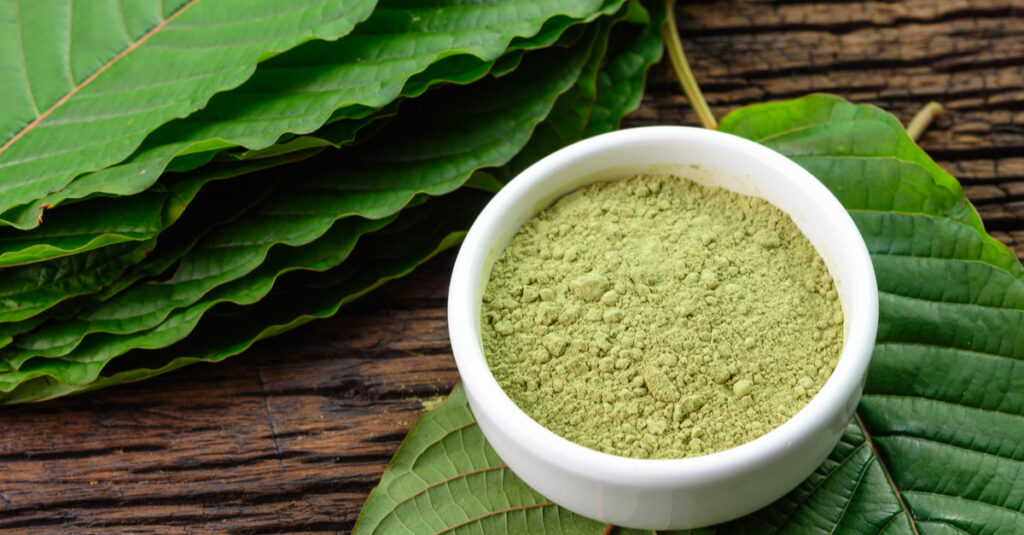
You may be wondering why kratom needs to be super fresh. Of course, moldy kratom is dangerous, but reduced potency brings issues, too.
Fresh kratom at peak strength offers the most therapeutic value, making kratom more cost-effective. The stronger your kratom is, the less you’ll require to get the benefits you need, and vice versa.
But in addition to being less potent, it is more difficult to dose accurately with fresh kratom. You won’t know how much potency has been lost and whether all the product is affected.
You don’t want to be left guessing about how much kratom you need. Taking too much could be dangerous. Consuming too little will result in a bad experience. With fresh kratom, you will always have total confidence in the product and know the precise you need.
How to Tell if Kratom Has Gone Bad
Kratom that’s past its best loses its color and aroma. Fresh kratom has a strong natural scent and a bright appearance. You should get a good idea of the freshness of your kratom just by eyeing it up. Moldy kratom may also have visible spores on it.
If you are unsure about the freshness of your kratom, feel free to try it, provided it doesn’t smell “off.” Kratom that is merely stale is not dangerous – it just loses its effects. If your regular dosage isn’t doing it for you, it is either time to chuck it out or take a little extra.
Moist kratom clumps together when handled and has a denser feel to it. However, kratom that only feels moist may not be. If the kratom isn’t heavy or clumping together, it’s probably still safe. But if you have any doubts, throw it away.
Check out Kratom Krush for all your kratom requirements. Kratom Krush has a fantastic range of kratom powder, leaves, capsules, extracts, and more. With all this info on storing kratom fresh in your mind, there has never been a better time to buy!
Did like a post? Share it with:
nimesh
Search
Table of Index
Post Categories
Related Posts
Where to buy kratom near me is a question that many users find themselves asking when looking for quality products
Finding the best Kratom Powder near me can feel difficult with so many options available locally. But steering through stores
Are you one of those scrolling on the internet for ‘7ALKS near me’? Are you looking for 7ALKS, 7-Hydroxy 15mg
7OH, or 7 hydroxymitragynine, is a significant alkaloid found in kratom that plays a crucial role in its effects. This
Curious about 7OH kratom? You’re not alone. As more people explore different botanical products, 7 hydroxymitragynine (7OH) has emerged as
Have you ever accidentally over-consumed kratom and experienced a hangover? Well, the good news is they’re easily avoidable. A kratom
Disclaimer
Must be 21 years or older to purchase kratom. Products are not for internal use. The US FDA Has Not Approved Kratom as a Dietary Supplement. We do not ship to the following states, cities and counties in the US where Kratom is banned Alabama, Arkansas, Indiana, Rhode Island, Tennessee, Vermont, Wisconsin. Sarasota County, Union County, Denver, San Diego, Louisiana. All sales should be 100% U.S. sales only.
Consult with a medical professional before use if taking prescription medication or affected by a serious medical condition. Always seek medical advice before using this or any other supplemental dietary product. These statements have not been evaluated by the Food and Drug Administration (FDA).
© 2025 Kratom Krush. All Rights Reserved. Operated by XXIV LLC Privacy PolicyTerms & Conditions


